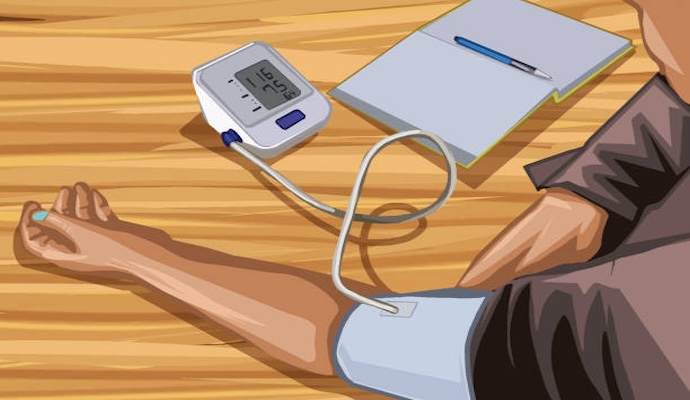GLP-1 Receptor Agonists Reduce 24-Hour Ambulatory Blood Pressure
Data from the SURMOUNT-1 study on tirzepatide revealed that it can reduce 24-hour ambulatory blood pressure.

Source: Getty Images
- On Monday, February 5, 2024, a research letter published in Hypertension highlighted the benefit of tirzepatide in managing high blood pressure using data from the SURMOUNT study. The letter notes a 7.4–10.6 mm Hg decline in 24-hour systolic blood pressure after 36 weeks of treatment. Additionally, 24-hour diastolic blood pressure reductions ranged 0.5–2.9 mm Hg.
Tirzepatide is an injectable glucose-dependent insulinotropic polypeptide (GIP) and glucagon-like peptide-1 (GLP-1) receptor agonist that mimics GIP and GLP-1 hormones to regulate appetite and assist in weight loss by modulating fat utilization.
The SURMOUNT clinical trial programs are funded by Eli Lilly and Company, which secured FDA approval for the drug. SURMOUNT-1 is one of the program’s clinical trials that recruited adults with a body mass index (BMI) of 27 or greater. The randomized, placebo-controlled clinical study assigned participants to a placebo or one of three experimental groups. The experimental group received a weekly subcutaneous injection of 5, 10, or 15 mg of trizepatide.
A portion of the participants in the study also underwent 24-hour ambulatory blood pressure monitoring (ABPM) at baseline and the end of week 36.
According to the letter in Hypertension, the average baseline 24-hour systolic blood pressure was 124.6 mm Hg, with similar baseline pressures across all the participant groups. At 36 weeks, the group taking 5 mg of trizepatide had a 7.4 mm HG reduction in systolic blood pressure. Comparatively, the 10 mg group had a 10.6 mm HG reduction, and the 15 mg group had an 8.0 mm HG reduction.
Looking at diastolic blood pressure, the average overall 24-hour diastolic blood pressure from the ABPM was 72.1 mm HG, with minimal variation across participant groups. After 36 weeks, the blood pressure declined in the 5 and 10 mg trizepatide by 2.0 and 2.9 mm HG, respectively. However, the change in diastolic blood pressure in the 15 mg group — a 0.5 mm HG decline — was not statistically significant.
“These data provide further evidence for the potential benefits of tirzepatide on cardiometabolic health and cardiovascular outcomes,” noted the authors of the letter.
More research is needed on the effects of GLP-1 drugs on hypertension and blood pressure. As the rise of GLP-1 drugs continues, evaluating existing data and launching new studies will be critical to understanding the medications’ roles and longitudinal impacts.
